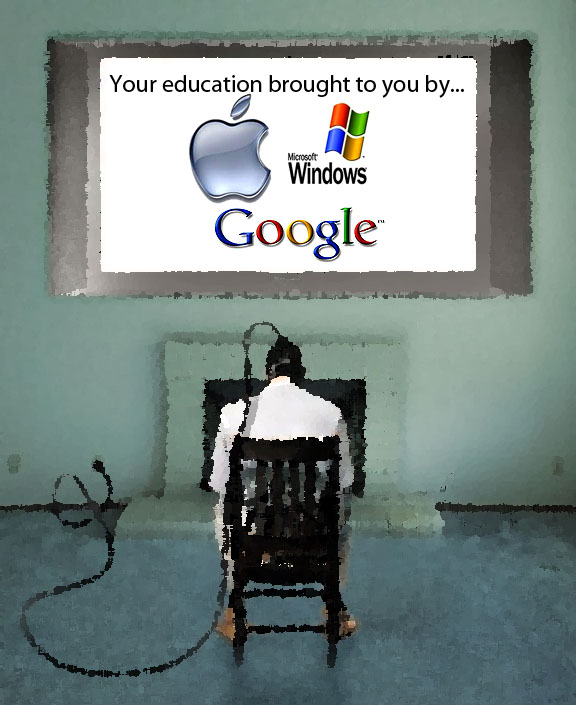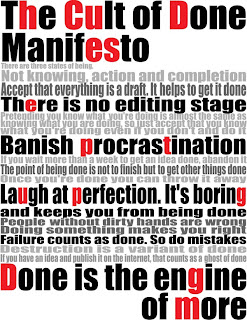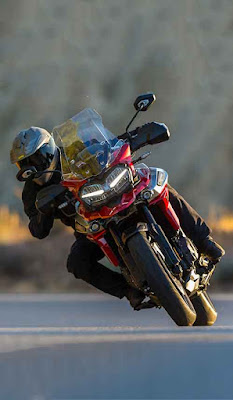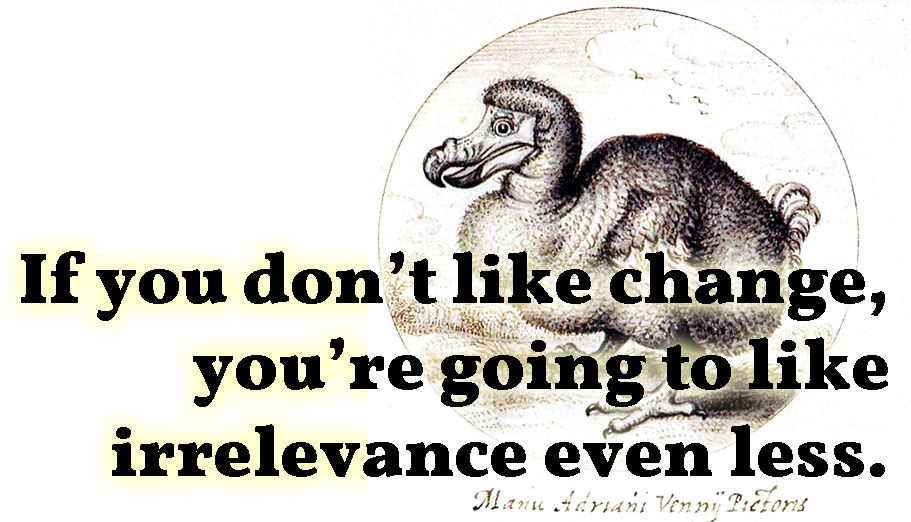This is another go at the Tyranny of Paper, with a sprinkling of teacher psychology…
Ecology
 |
| Trying to balance photocopy budgets. |
I recently got my photocopying costs for the computer department for the first half of the spring semester. Every class we teach in computers has a 1:1 student:computer ratio. You’d think there wouldn’t be any photocopying costs.
The one teacher we have teaching computers full time did $273 in photocopying from February to April this semester. I happen to be teaching an English so I get to see their copying costs too. The most expansive copier in English where they have to kill to get computer access and have to actually teach letters on paper? $217. Most of the others were less than half that.
This made me angry. If you have computers in front of every student, why in heaven’s name wouldn’t you use them to communicate with your students? How would teaching computer programming be easier on paper? With a limited budget that requires very specific (and expensive) hardware and software, why would I want to spend 1/5 of my budget so a single teacher can produce thousands of sheets of paper?
A recent analysis of photocopying costs (one of the single largest costs in our school and I imagine most others), was that a typical student collects an entire tree worth of handouts in their k-12 career…
each…
student…
The ecological costs are staggering. Billions a year and entire forests are consumed so students around the world can get handouts. I’m not convinced the return on investment balances the educational advantages with the ecological costs, but education is a conservative beast, and getting it to change industrial era habits isn’t easy.
Psychology
 |
| Teacher preparing for class |
The ecological disaster aside, I’ve always been curious about this photocopying habit in teachers. In teacher’s college I asked myself why I was lining up for photocopiers all the time. When you’re new, you are terrified that what you’re doing will not take the whole period, so you structure it on a photocopy to slow students from tearing through the work. It also takes the attention off you and puts it on the desk, so you don’t feel like you’re madly tap dancing for the whole lesson. It also means you’ve done much of the organization for students who seem increasingly incapable of organizing themselves. Lastly, it allows you face the students while giving them information, something a new teacher is conscious of every time they turn their back to write on the board.
After using the photocopier crutch for the first couple of years I put an end to it. I use the board if I need to display visually or help students organize information. I trust in my ears and the relationship I’ve developed with my class (which can often involve a Snape like, direct approach to inappropriate action early in the semester) when it comes to helping them learn with my back turned. Watching some of our senior teachers, I get the sense that they never put the photocopying crutch away, in fact, they’ve developed their entire career around it.
I also had the benefit of not being particularly beholden to 20th Century habits around institutional teaching, and leapt at the opportunity to get into elearning and digitally based education early on, further removing me from the pulp and paper teachers. One of the big cultural divides in our school is between the paper teacher and the digital teacher.
 |
| Media Arts Course webpage (NING) |
I still occasionally have to make copies, typically for tests and such, but I try and minimize that too. When compared to department averages, I typically produce about 1/10th the copies. When I’m given a computer lab, I typically produce no copies at all. Course webpages, wikis and shared documents are the means of information transmission. In media arts I’ve had students submitting shared docs (google or skydrive) and prezis when they need to show a presentation. The entire course takes place on a private social network (Ning).
The past couple of months we’ve had a Canadian copyright foundation watchdog asking people to write down what they’re copying to ensure fair distribution of copyright funds. How very 20th Century of them, but I guess a modern high school is just the place to monitor people still doing what they were doing twenty years ago.
hiding behind photocopies
paper teacher
copies of a copy
After it warmed up enough to get the paint sorted I sourced some stickers from The Sportbike Sticker Shop. They arrived the day before they were supposed to in a plain envelope with cardboard backing in perfect shape ready to apply. Since I was going for a blue and orange colour scheme and I could colour customize the Ninja stickers, I did.






































